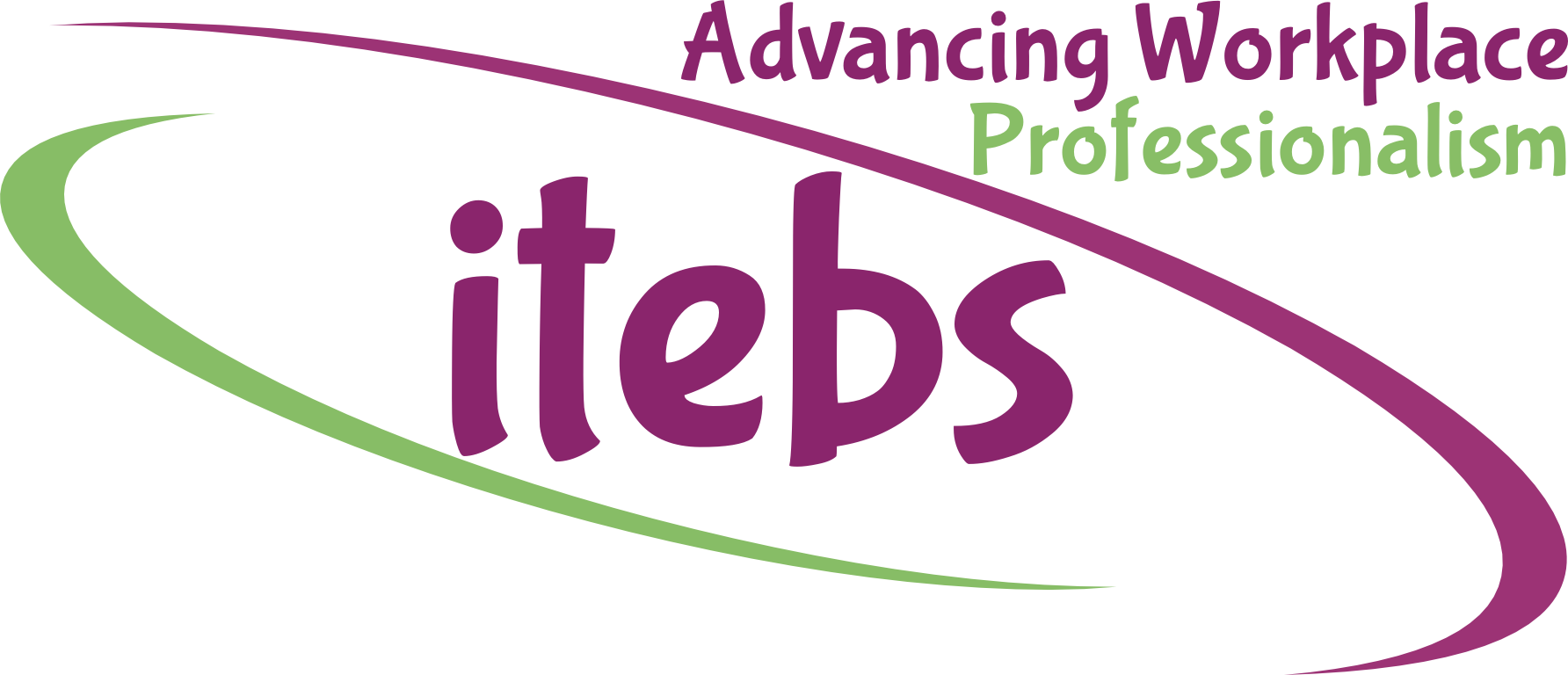Introduction
In the realm of engineering and industrial processes, the significance of process design and optimization cannot be overstated. Whether you are manufacturing chemicals, developing new products, or streamlining operations, an effective process design lays the foundation for efficiency, safety, and profitability. This comprehensive guide will walk you through the intricate process of designing and optimizing processes, providing insights, strategies, and real-world examples to empower you with the knowledge needed to achieve excellence in your endeavors.
Understanding Process Design
Process design is the systematic and creative approach to developing a blueprint for the production or transformation of materials, substances, or energy. It serves as the groundwork for the efficient and effective execution of industrial operations. Process design involves a series of interconnected decisions, each influencing the overall performance and success of the process. By intricately integrating engineering principles, safety protocols, and economic considerations, process design becomes the bedrock upon which optimization is built.

Process Design: Key Steps and Principles
Process design begins with defining clear objectives and scope. Understanding what needs to be achieved and the boundaries within which the process will operate is fundamental. Subsequently, creating a Process Flow Diagram (PFD) illustrates the sequence of steps and interactions within the process. Material and energy balances ensure that inputs and outputs are properly accounted for, aiding in efficient resource utilization. The selection and sizing of equipment further refine the process, considering factors such as capacity, reliability, and safety. Throughout the design process, safety and environmental considerations play a pivotal role in preventing accidents and minimizing environmental impact.
Process Optimization: Enhancing Performance
Optimization is the continuous journey toward improving process performance by maximizing desired outputs while minimizing inputs. Identifying bottlenecks and inefficiencies within the process is the starting point. Data collection and analysis provide the insights necessary to understand the current state of the process. Mathematical modeling and simulation empower engineers to predict outcomes and assess the impact of potential changes before implementation. The symbiotic relationship between design and optimization becomes evident as process design choices greatly influence the ease and extent of optimization efforts.
Integration of Advanced Tools and Technologies
Modern process design and optimization have been revolutionized by advanced tools and technologies. Computer-Aided Design (CAD) software enables intricate modeling and visualization of processes. Computational Fluid Dynamics (CFD) simulations provide insights into fluid behavior and heat transfer. Process integration and pinch analysis aid in identifying energy-saving opportunities. The advent of machine learning and artificial intelligence brings forth data-driven insights, facilitating smarter decision-making for optimization.
Case Study: Optimizing a Chemical Manufacturing Process
To illustrate the process design and optimization journey, let’s delve into a real-world case study. Consider a chemical manufacturing process aiming to enhance yield and reduce waste. The case study will outline the problem statement, data collection techniques, simulation and modeling tools employed, and the results achieved through process optimization. This practical example will highlight the tangible benefits of a systematic approach to process design and optimization.


Achieving Sustainability through Process Design and Optimization
In an era of heightened environmental awareness, sustainability is a paramount consideration in process design and optimization. Green engineering principles guide the development of processes that minimize environmental impact. Strategies such as waste reduction, energy efficiency, and eco-friendly materials selection contribute to sustainable operations. Life Cycle Assessment (LCA) methodologies offer a holistic view of the environmental footprint of a process. A case study focusing on sustainable process design in the food industry exemplifies the application of these principles.
Challenges and Future Trends in Process Design and Optimization
While process design and optimization offer substantial benefits, they are not without challenges. Complex processes with intricate interactions often require innovative solutions. The advent of Industry 4.0 and digital transformation presents opportunities for enhanced data-driven decision-making. The circular economy and cradle-to-cradle design philosophies challenge engineers to create processes that prioritize reuse and recycling.
Best Practices and Tips for Successful Process Design and Optimization
Drawing from the insights gained throughout the guide, this section compiles best practices and tips for ensuring successful process design and optimization initiatives. Emphasizing cross-functional collaboration, maintaining a continuous improvement mindset, and undertaking thorough risk assessments contribute to effective and sustainable outcomes.
Conclusion
Process design and optimization stand as pillars of success in the modern industrial landscape. By meticulously crafting processes that prioritize efficiency, safety, and sustainability, engineers and professionals pave the way for innovation and progress. This step-by-step guide has provided a comprehensive overview of the process design and optimization journey, equipping you with the knowledge and tools to embark on your own transformative endeavors. As industries continue to evolve, the power of strategic process design and optimization will remain a cornerstone of achievement and excellence.



